
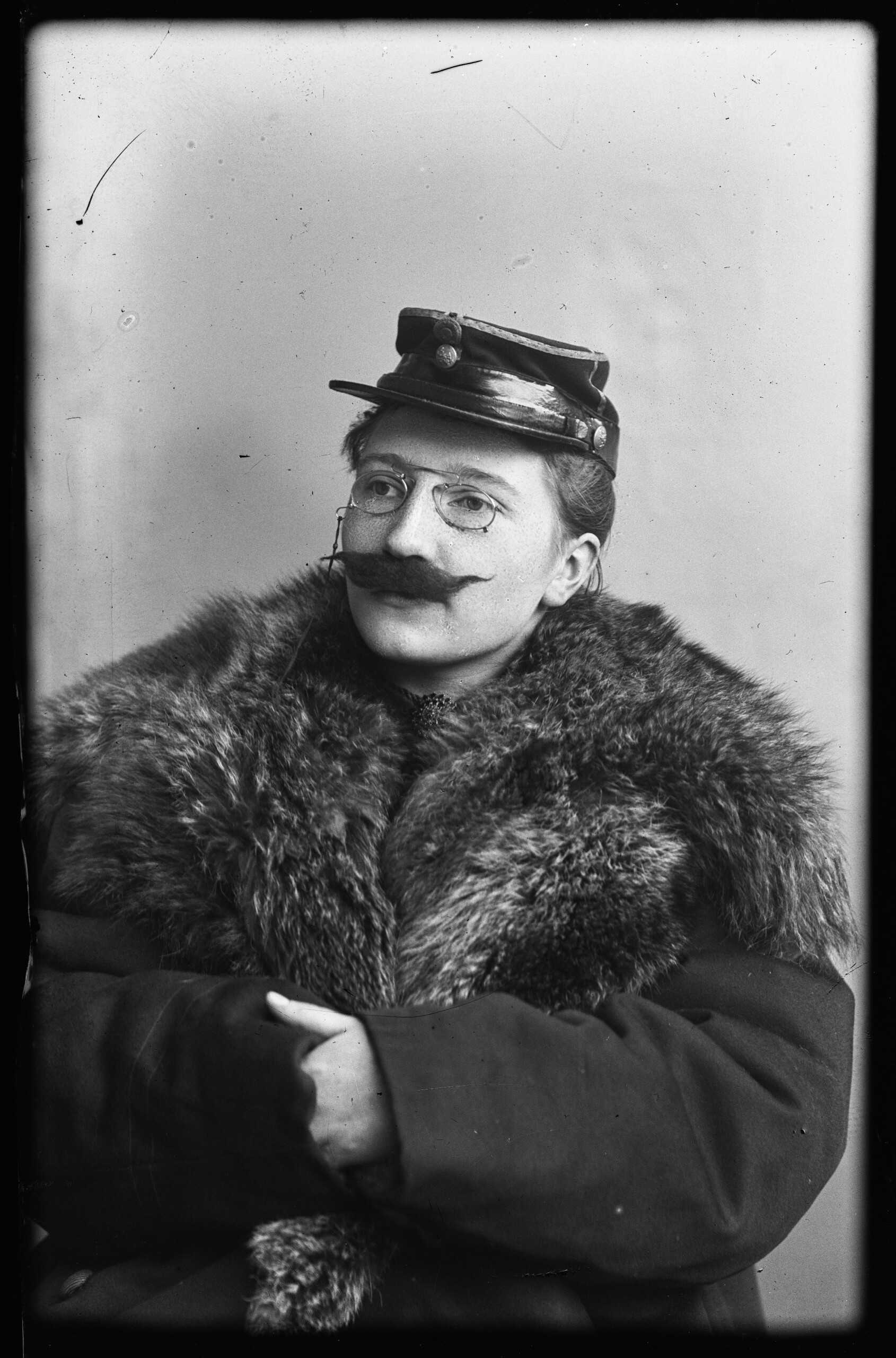
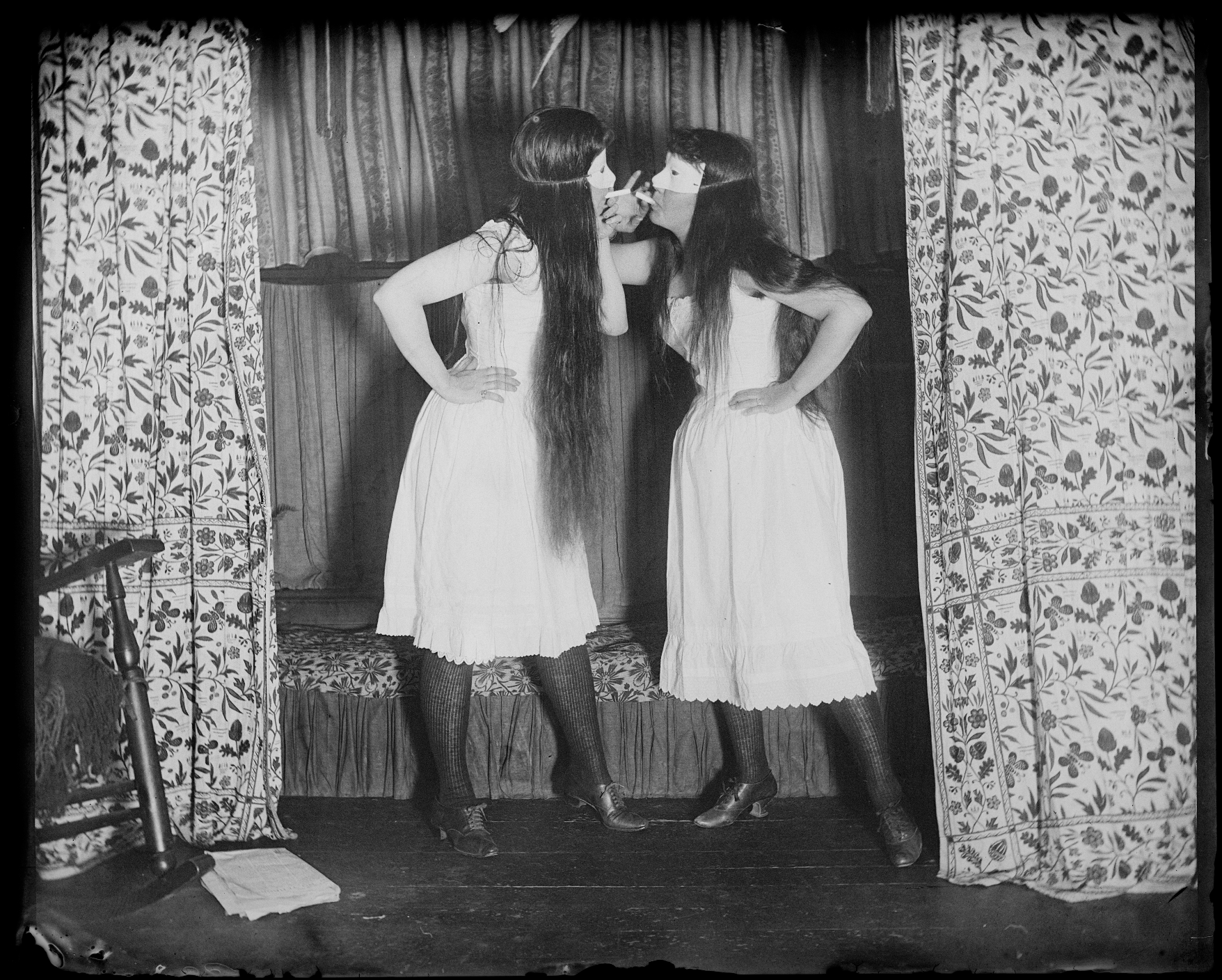

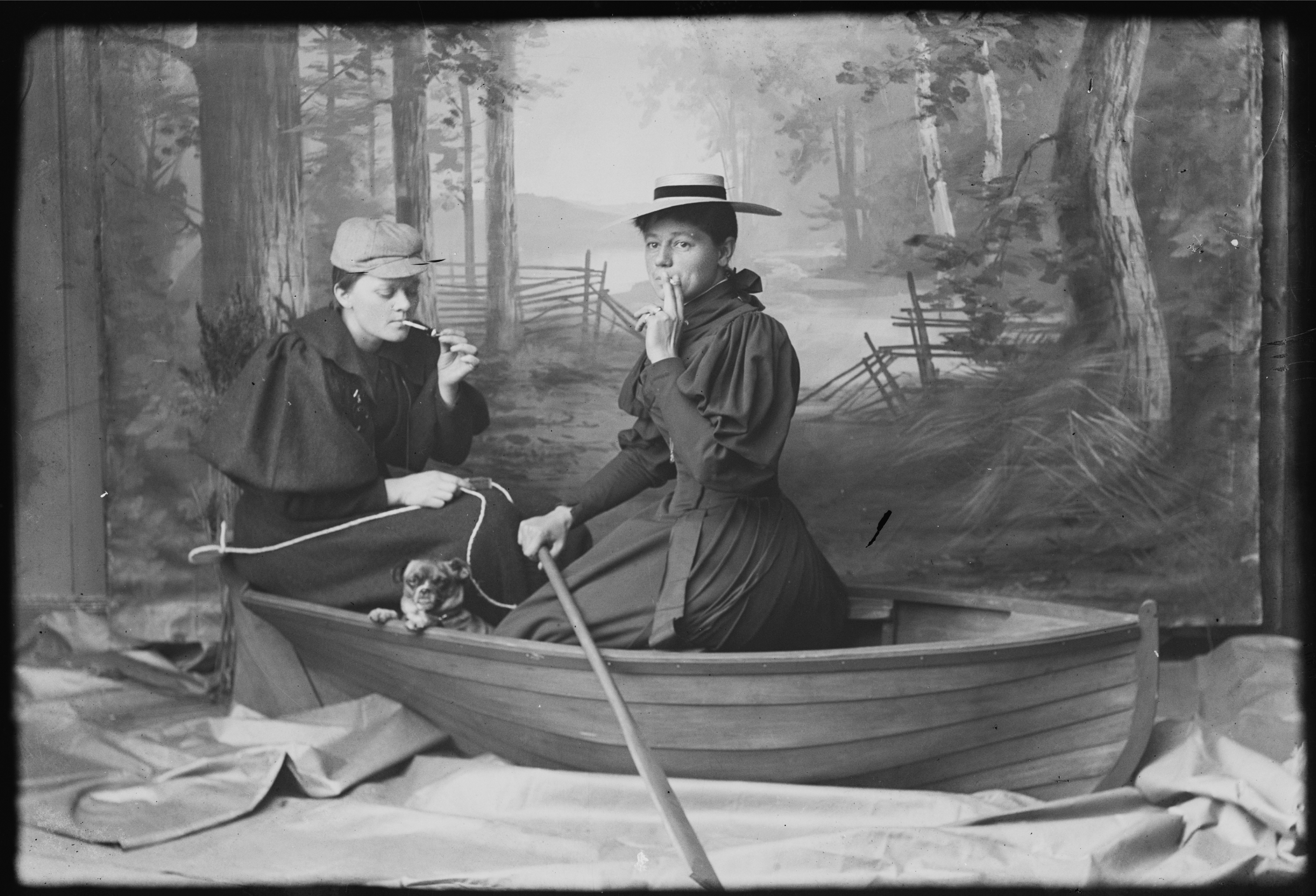
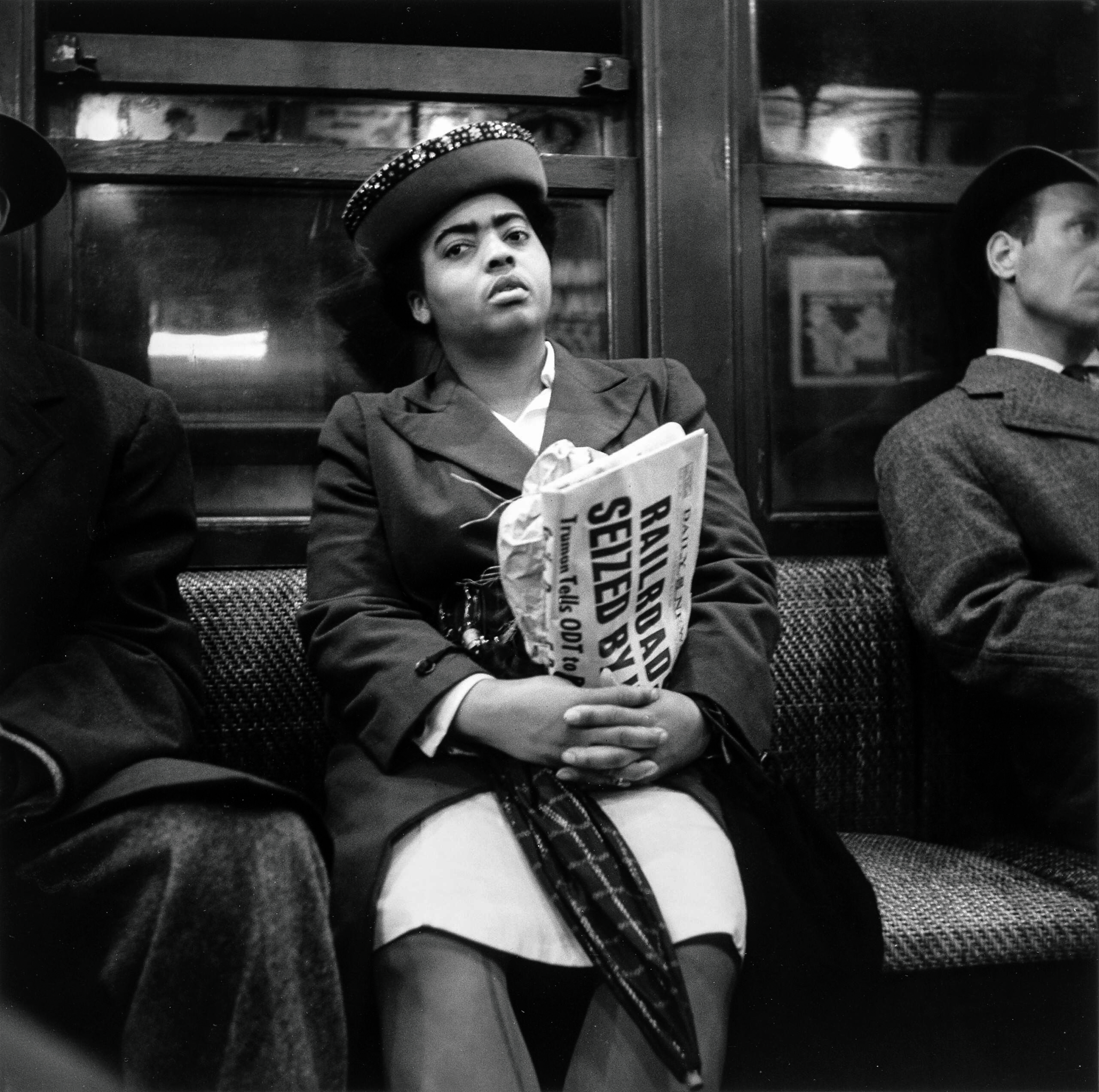

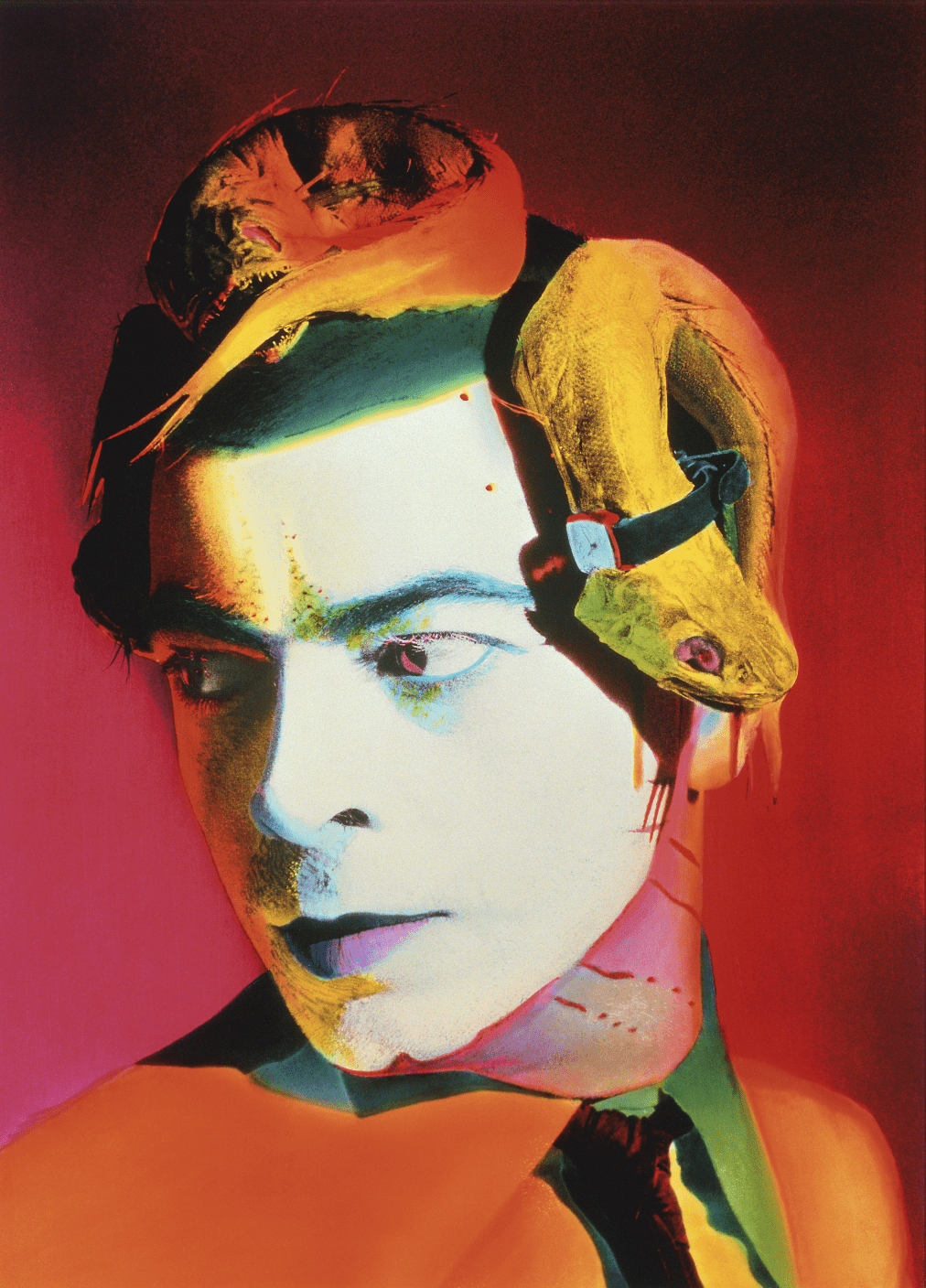
The annual festival Photo Espaňa (PHE) is happening again, with this year’s exhibition programme concentrating on a wide variety of aspects that have never been off-topic but surely deserve renewed attention: female practitioners, adjusting the ‘canon’ with forgotten or less exposed talents, and concerns about the social and ecological environment. Before anything, though, it is a celebration of the width and range of what makes the medium of photography so rich and popular, and a festival like PHE successfully presents this potential to a larger audience.
One of the key characteristics of PHE (produced by La Fabrica) remains that the organisers manage to collaborate with a large section of the major art venues in Madrid – as well as in other cities around Spain. Besides museums and public spaces (Circulo de Bellas Artes, CENTROCENTRO) these also include (semi-)private foundations such as MAPFRE, Fundación ICO, Espacio Fundación Telefónica, and other foundations dedicated to the arts. Furthermore, the PHE programme includes shows which are situated in public cultural institutions, highlighting artists from specific geographical regions (e.g. Casa Árabe, Casa de América – the latter having a focus on the USA and Latin America, this time displaying a keen selection of images from the Peruvian master, Martin Chambí, and his contemporaries).

The 2,000-square-metre exhibition hall of Fernán Gómez Centro Cultural de la Villa, a major cultural hub located in the most important art circuit in Madrid (as most PHE-venues) is dedicated to a selection of photographers who had access to the private realm of the most famed Spanish painter of the 20th century: Pablo Picasso. In a joint venture with the only museum in the world) that the artist himself co-founded to host a good section of his work (the one in Barcelona), this extensive PHE-show features both vernacular and signature photography by great masters such as Lucien Clergue and David Douglas Duncan.
At the CENTROCENTRO, a public culture and leisure centre situated in the Cibeles Palace, a new series of photographs by Edward Burtynsky is on show. In this recently produced body of work Burtynsky – widely renowned for his expansive landscape views – focuses on the sub-Saharan area and reflects the climatological concerns for Kenya, Nigeria, Ethiopia, Ghana, Senegal, South Africa, Botswana, Namibia, Madagascar and Tanzania.
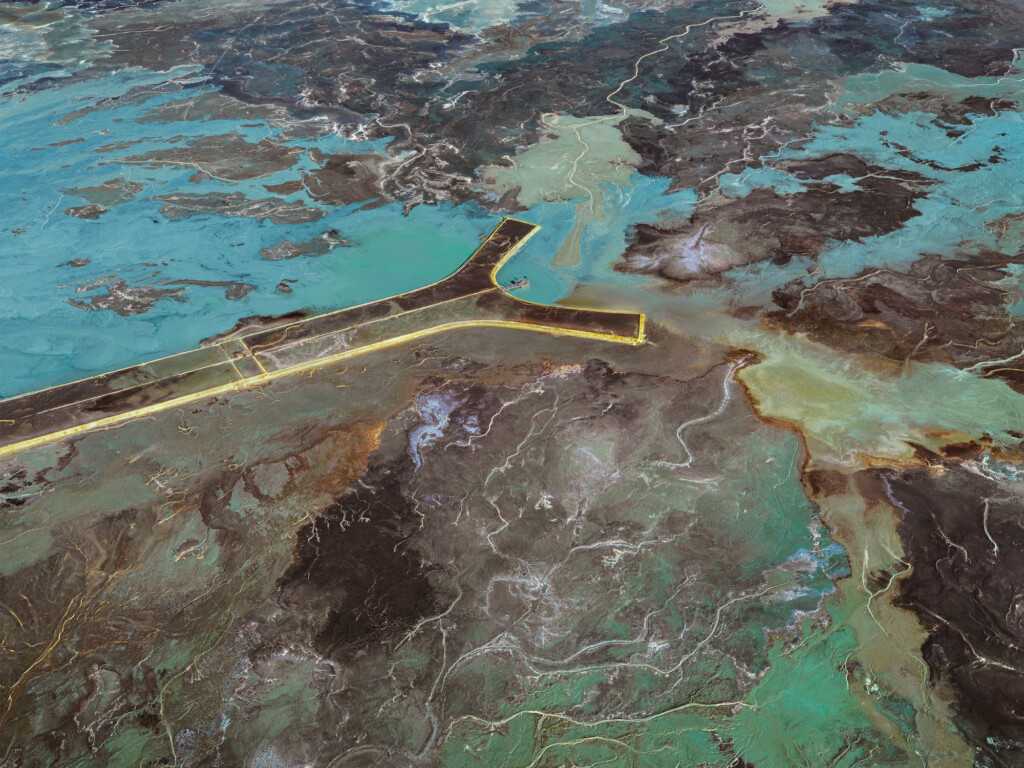
It needs to be said that the programme of PHE, specifically the last few editions, leans heavily on ‘classics’ and mainstream documentary approaches to photography, be it that the artists themselves didn’t always get the deserved attention at the time of their practice. A good example of this is Louis Stettner – who divided his life between New York and Paris, and who’s concerned and humanistic approach to street photography has been of great influence to his peers. To be seen at the MAPFRE, presenting an extensive overview of Stettners’ career, in close collaboration with the curators of the SFMoMA (San Francisco).
Several PHE-venues put the spotlight on the city of Madrid and/or Spain as a country – both historical and contemporary issues addressed by ‘local heroes’ and up-and-coming artists – and this year the focus is mainly on the 40th year of autonomy for Madrid. Fundacion Canal reminds the spectator of the progressive attitude that has lingered in the city since the 1980s and at Espacio Cultural Serreriá Belgica the local artist Marivi Ibarolla shows selections of her archives covering the music and cultural scene of that time, dubbed ‘La Movida Madrileña/ The Madrilenian Scene.
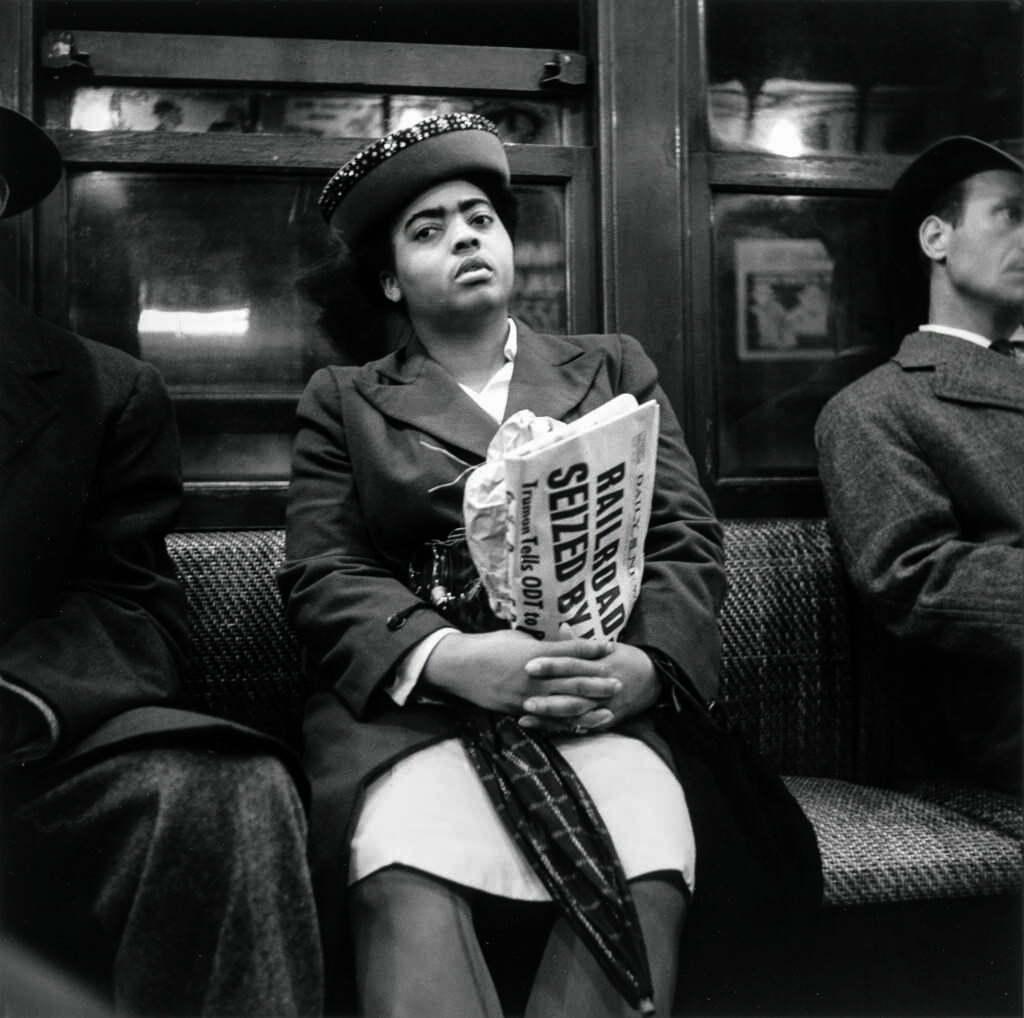
Most significantly, PHE continues to stage female artists prominently. At the Circulo de Bellas Artes, the curators bring together works of three pioneering and key figures of the conceptual, performative genre: ORLAN, Fina Miralles, and Marina Abramović – the latter considered one of the most important representatives of international contemporary art. In this exhibition, Abramović traces a line through the public’s collective obsession with death and the centrepiece of this presentation is the projection of her film “Seven Deaths” – a lengthy feature in which she is seen together with Hollywood actor Willem Defoe, serving as an homage to the opera singer Maria Callas.
At the same venue (Circulo de Bellas Artes), on the ground floor, a small but insightful presentation is to be seen of a newly discovered aspect of work contained by the Norwegian Preus Museum. It concerns never before printed negatives of the artist duo Maria Høeg and Bolette Berg, both active as photographers in the town of Horten from 1894 to 1903. The pair lived together their whole adult lives and were deeply engaged with the fight for women’s rights. The images – recently ‘unboxed’ and a great gem – show playful interactions between the two, challenging gender roles and identities.
Albeit in another part of the city, the theme of gender extends at the Museo National Del Romanticismo. “Deconstructing Gender’ is a dedicated presentation of Alice Austen’s aesthetic sensibility and social awareness, but also of a certain rebelliousness that broke down the constraints of Victorian society. Not unlike the Norwegian duo Høeg and Bolette Berg, Austen also had found intimate companionship in a woman – her lifelong friend (and assumed partner) Gertrude Tate. Protected by a well-off circle of family and friends, Austen assembled more than 8,000 images over the course of her life, certainly progressive for the Victorian times, of which the museum highlights the themes of women on bicycles, and the playful interactions and staged portraits of and with Austen’s closest friends. Another highlight of the festival!
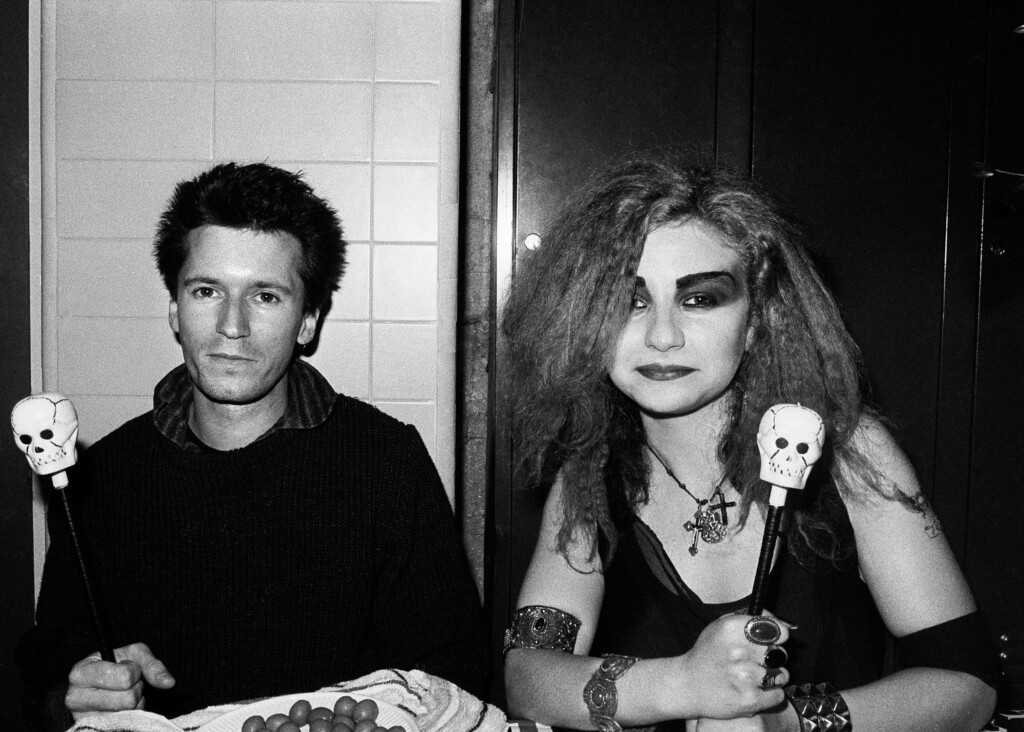
Altogether, Photo Espaňa might be considered somewhat conservative for those interested in the avant-garde aspects of 21st century photography and the many contemporary experimentations with and extensions of the medium, but on the other hand this programme very well indicates the progressive movements that lead to where we stand today, offering new perspectives on the ‘canon’ and always introducing Spanish artists that might be lesser known in the rest of the world.
PHE, as per usual, is jam-packed with activities and besides its extensive exhibition programme the festival also hosts several Awards, with the winners announced in the coming weeks. For those who plan a visit to Spain this summer, it’s worth keeping an eye out for the iconic yellow signs saying ‘PHE23’ – scattered around Madrid but also in other cities such as Barcelona and Valencia. It certainly has something for everyone and especially serves as a welcoming entry point for those who only recently started to pick up on photography and its uphill battle to settle among the major art forms of modernity.